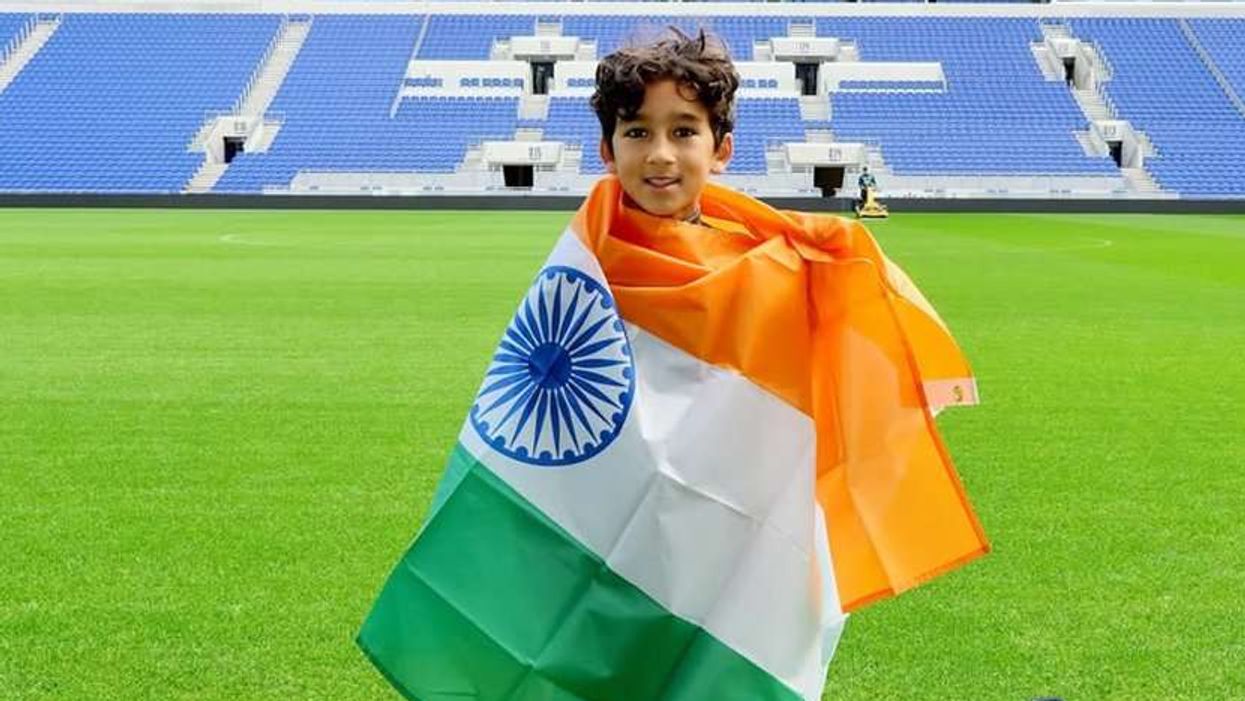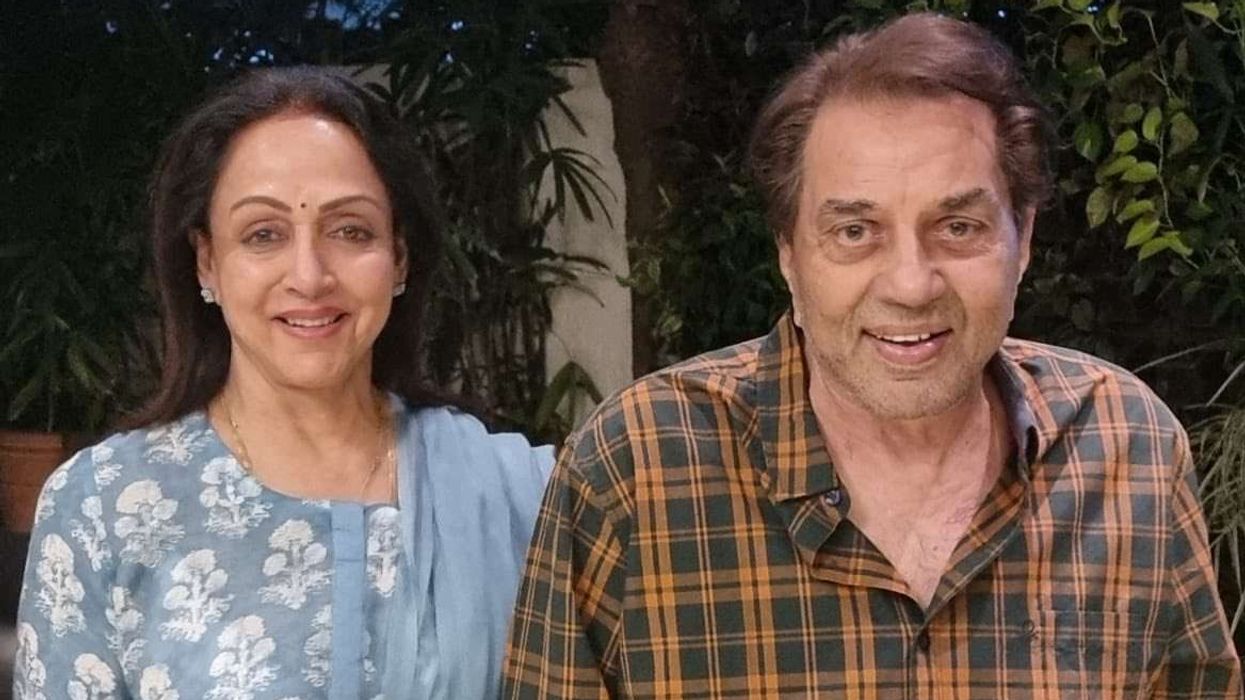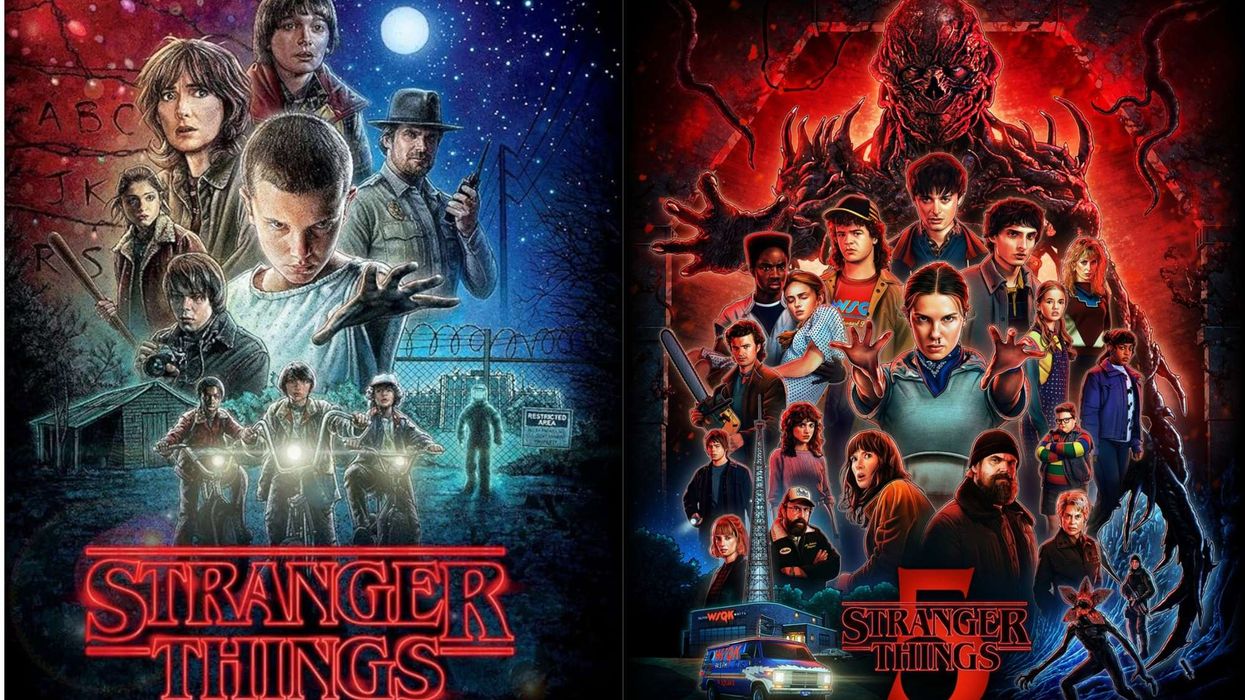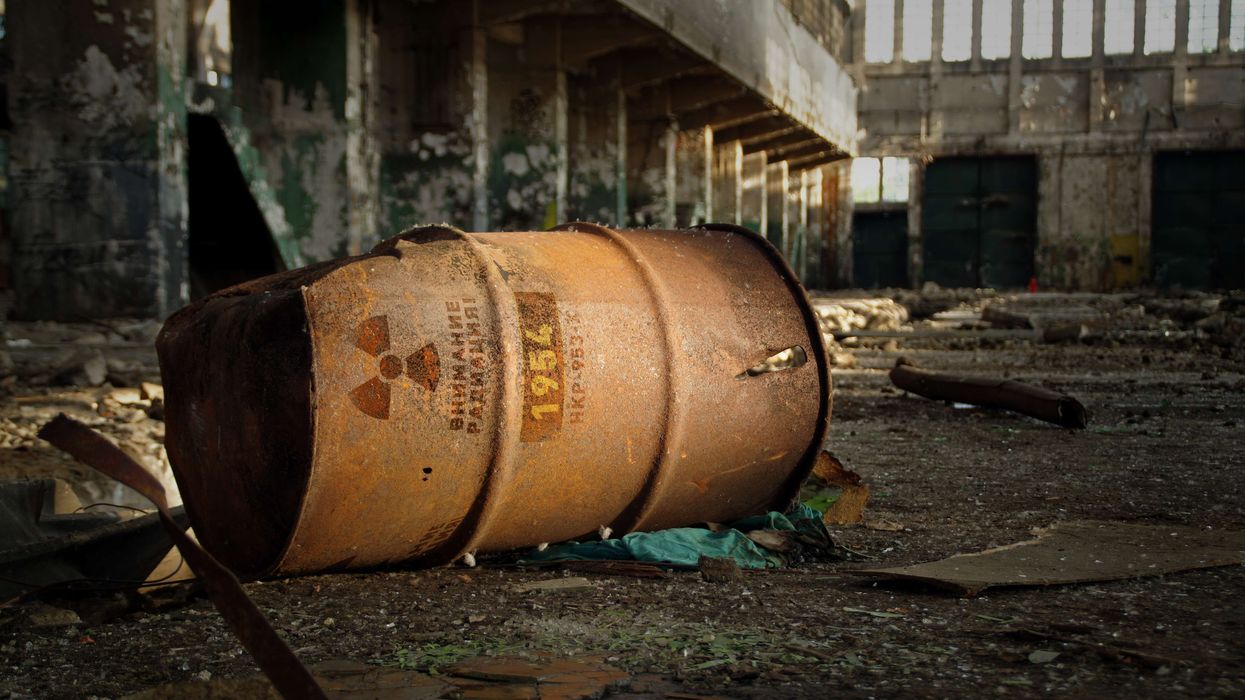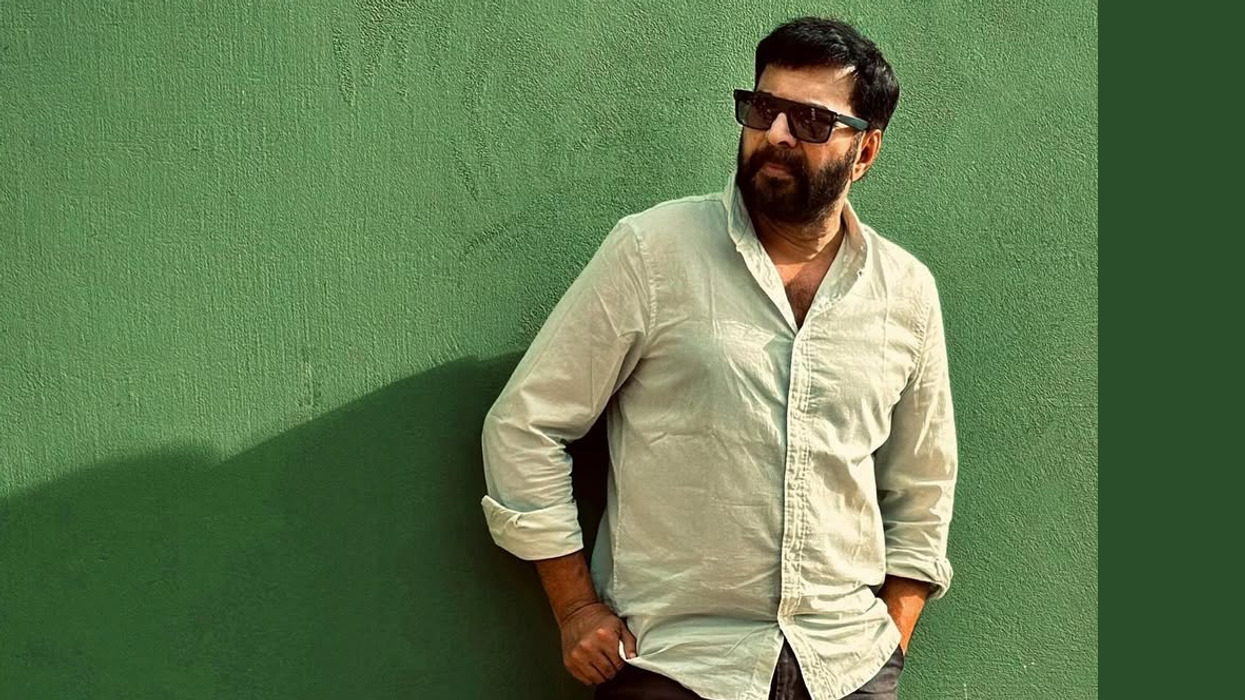KNOWN for portraying a diverse range of characters in notable shows like Sadda Haq: My Life, My Choice, Ghulaam and Haiwaan, Param Singh now wants to challenge himself further as an actor.
The popular performer wants to explore characters from different demographics, including playing a negative role for the first time.
That desire to push the acting envelope has included winning rave reviews for his performance in the Indian adaptation of Ibsen’s play Hedda Gabler.
Eastern Eye caught up with the versatile star to discuss acting, his recent stage triumph, and future hopes.
What kind of character do you want to portray at this point in career?
I just want to play characters that are different from what I have portrayed so far. In a future project, I wish to take up the role of an antagonist rather than a protagonist. Also, I want to explore characters from different demographics and religions because I feel that would help me change my dialect and rhythm, as an actor. Given a chance, I would also like to portray a gangster.
You have portrayed a range of characters throughout your journey. What is your thought process behind choosing a script?
My thought process when selecting a character is to determine the essence it possesses, the challenging arc it has to itself, how my character transforms, if at all, and how it contributes to the story. I also give equal importance to thinking about the team I would be working with, including the makers, directors, and producers on board with the project. I generally take my own sweet time in selecting a project, but if something meaty or exciting comes my way, I take the shot of going ahead with it.
Do you prefer characters that are completely different from you or ones that are similar?
I prefer characters that are completely different from me. Honestly, I find it really boring to play myself on-screen, and don’t want to repeat myself there. However, even if a character is entirely different from one as an individual, an actor has to add their own nuances or elements to it. Similarities are bound to creep up at any given point of time, but I try to pick ones that are really different from me.
What changes have you observed in yourself as an artist over the years?
I think I have become more mature and calmer over time. On some days, I tend to prepare a lot, and other times, I don’t. Everything depends on the character and scene I am performing. A multitude of techniques exist. Learning never really has a dead end, if you ask me. I can say I am growing as an artist each day. It is all about the choices you make as an actor.
You have received acclaim for your role in the Indian adaptation of Ibsen’s play Hedda Gabler. How does it feel?
It feels amazing to know that people enjoyed watching my play and found my stint natural. I am really grateful to have gotten this opportunity.
Did you learn anything from the play, which is based on feminism and complexities of marriage?
My learning from it is the importance of finding joy and peace within ourselves for a healthy life. We can never know how an individual is on the inside, and everyone definitely has some or the other grey shade that is not shown. All of us pull on some sort of facade that isn’t wholly true. I feel that even if an individual has everything, it’s not necessary that he or she would be happy.
A lot of actors have lately launched their own production houses. So what are your thoughts on becoming a producer?
Truth be told, I’m not willing to become a producer at the moment. I just want to concentrate on being a good actor. However, I might give the thought of producing short films a try sometime in the future.
Your recent photoshoot caught everyone’s eye and since you aren’t active on social media, what was the idea behind it?
I think, as an actor, it’s really important to keep updating our profiles every six months, and hence, I got it shot. They help me build a perception of how I would look in a role when sending them across to industry professionals. (Laughs) Now that you mentioned it, I am happy they caught everyone’s eye.
(Photo credit: Aesana Bhuta)


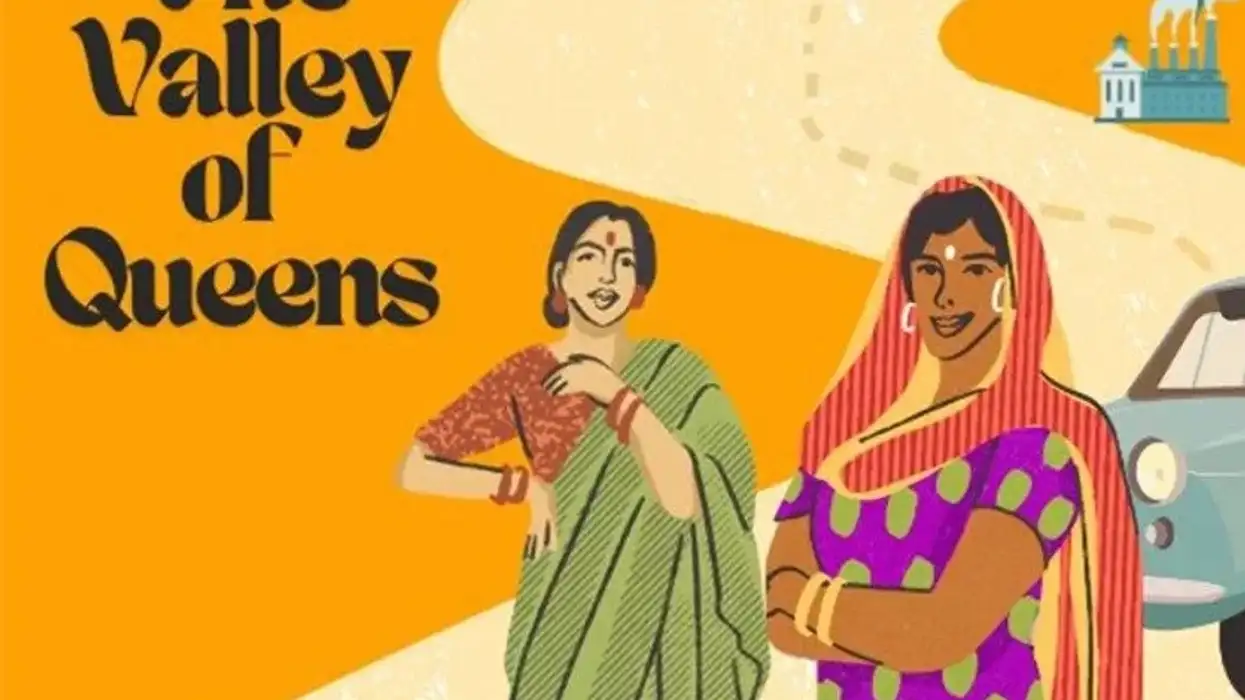
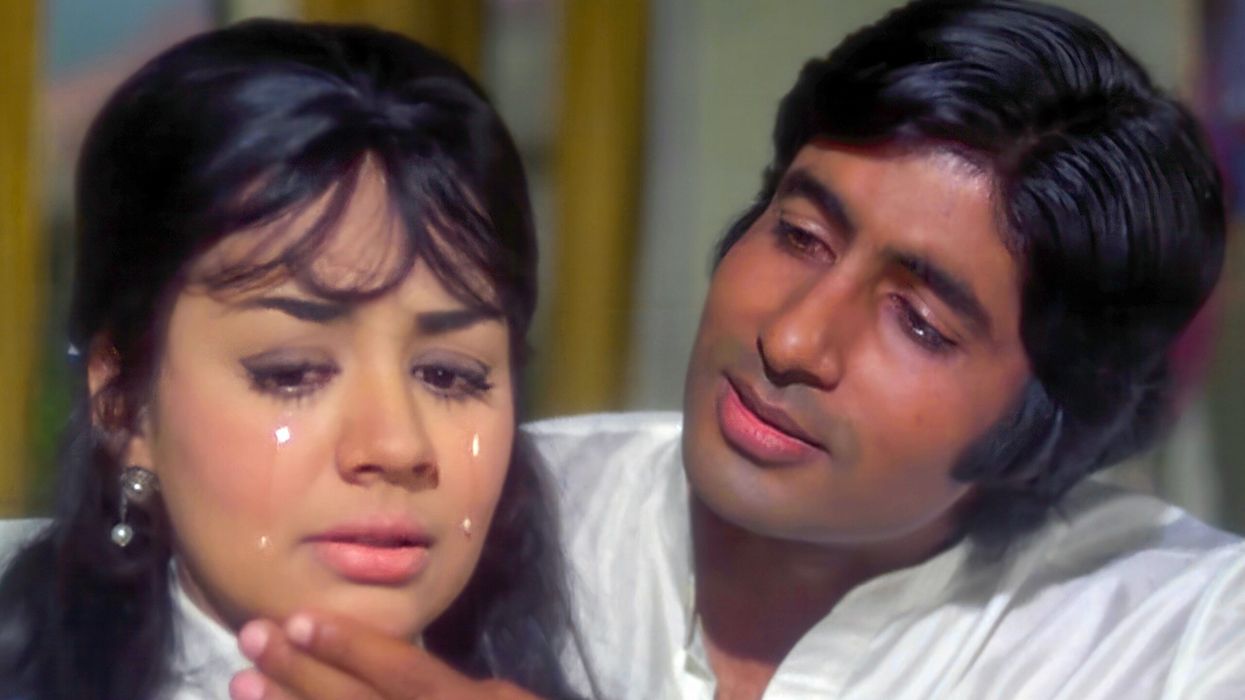
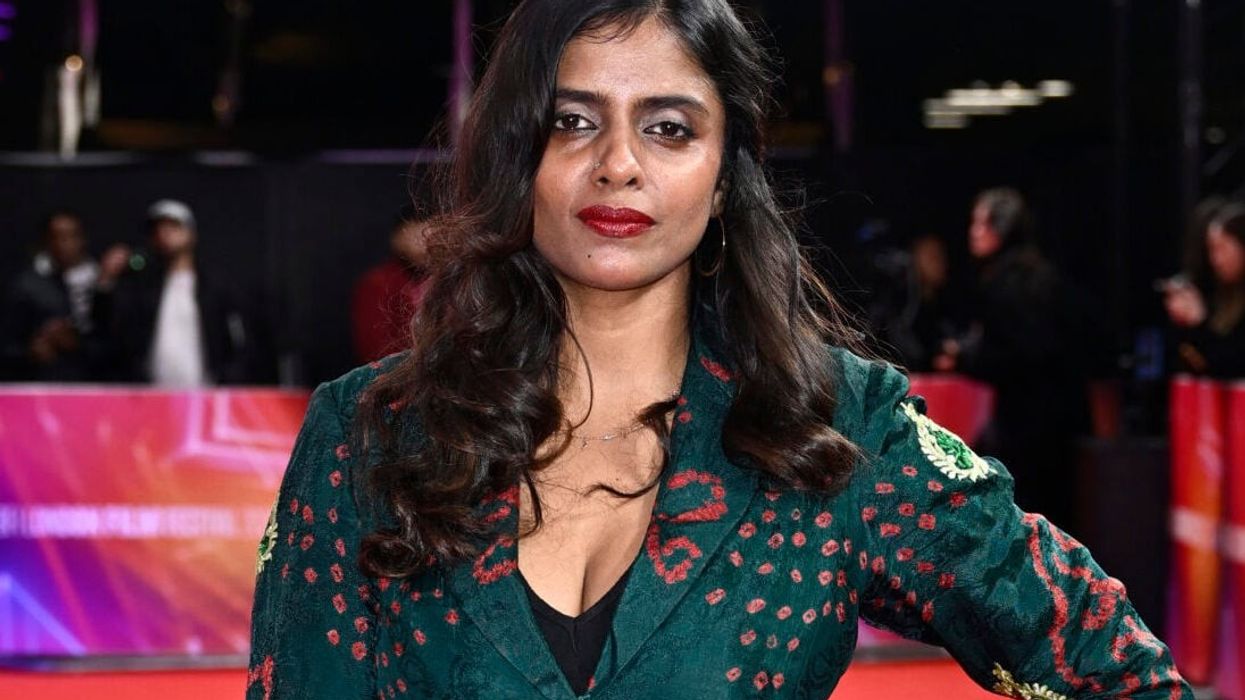
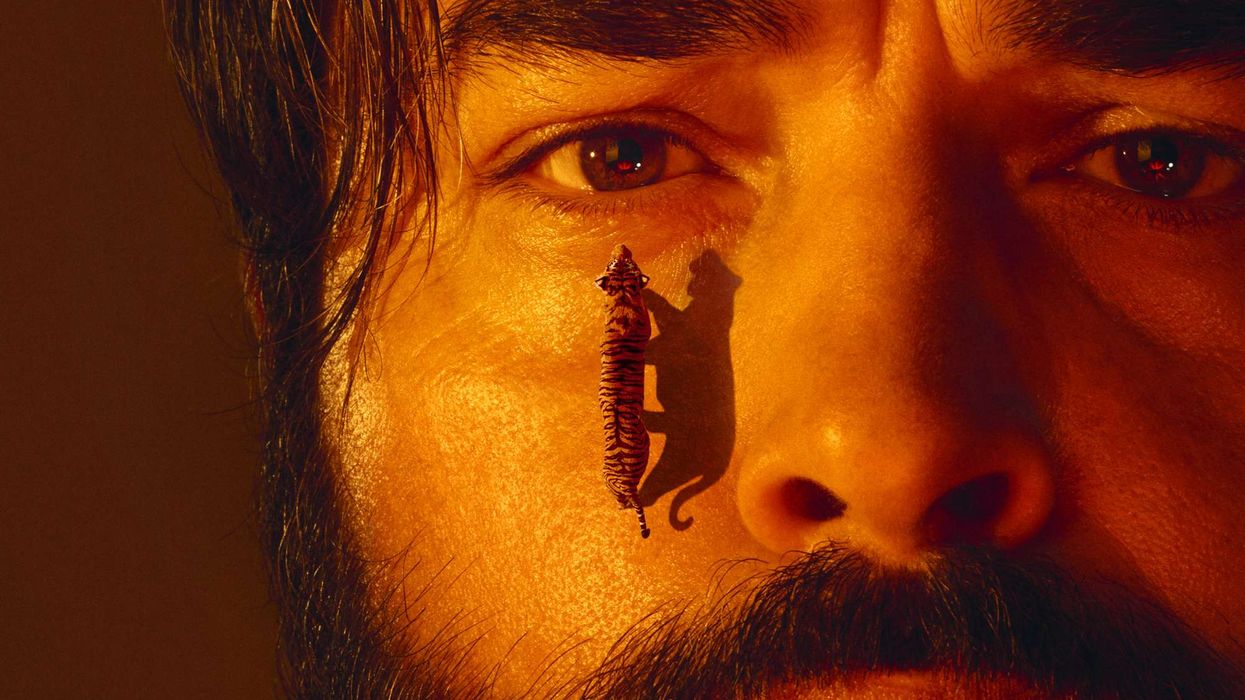
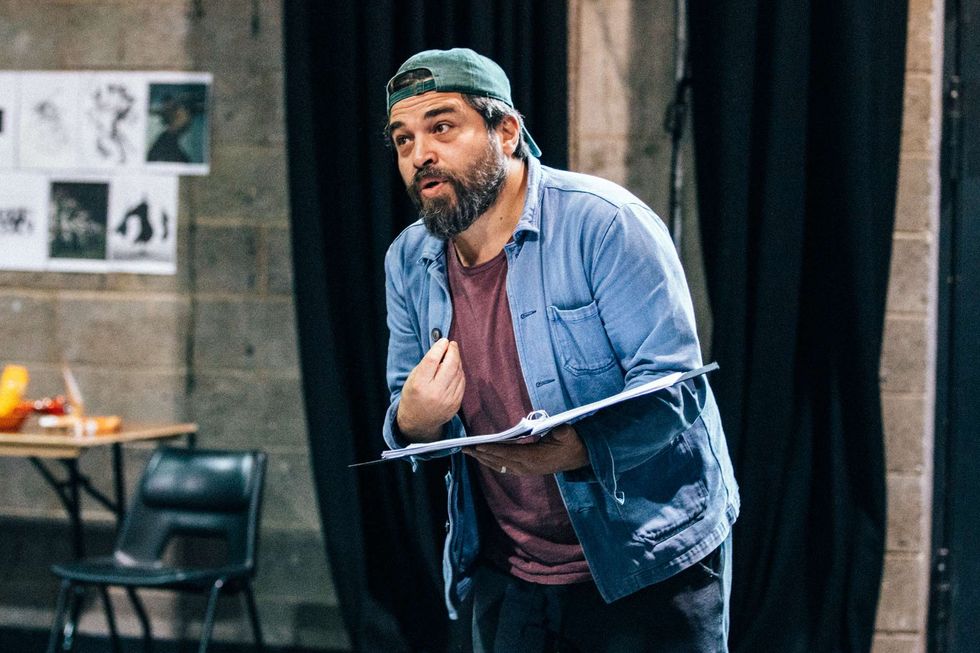 Ammar says the play’s script itself served as a compass in navigating Musa’s divided psycheIsha Shah
Ammar says the play’s script itself served as a compass in navigating Musa’s divided psycheIsha Shah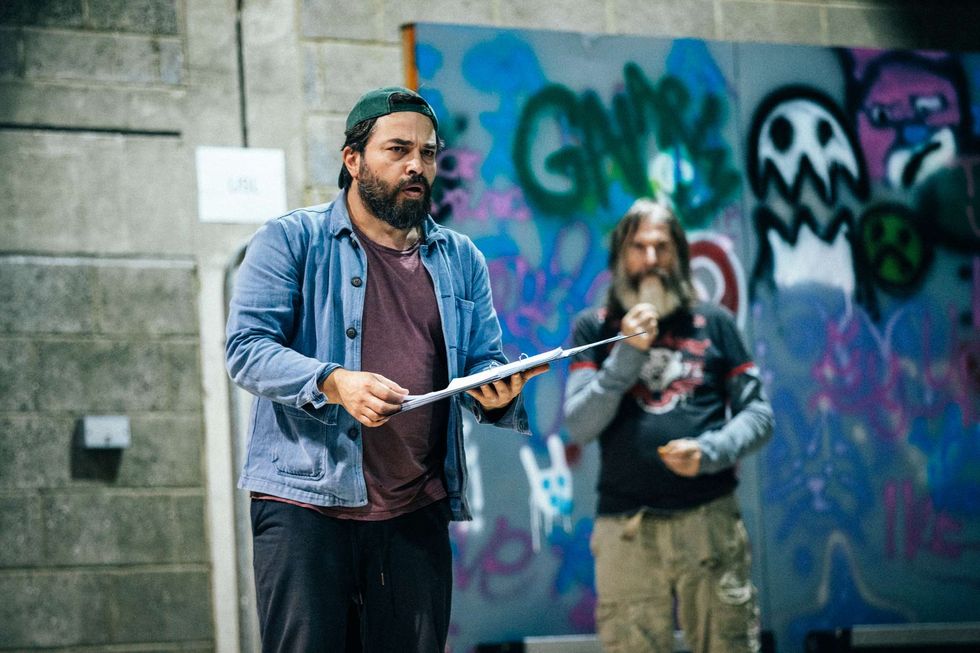 Bengal Tiger at the Baghdad Zoo runs at the Young Vic Theatre in London from December 2 – 31 January 31 2026Isha Shah
Bengal Tiger at the Baghdad Zoo runs at the Young Vic Theatre in London from December 2 – 31 January 31 2026Isha Shah